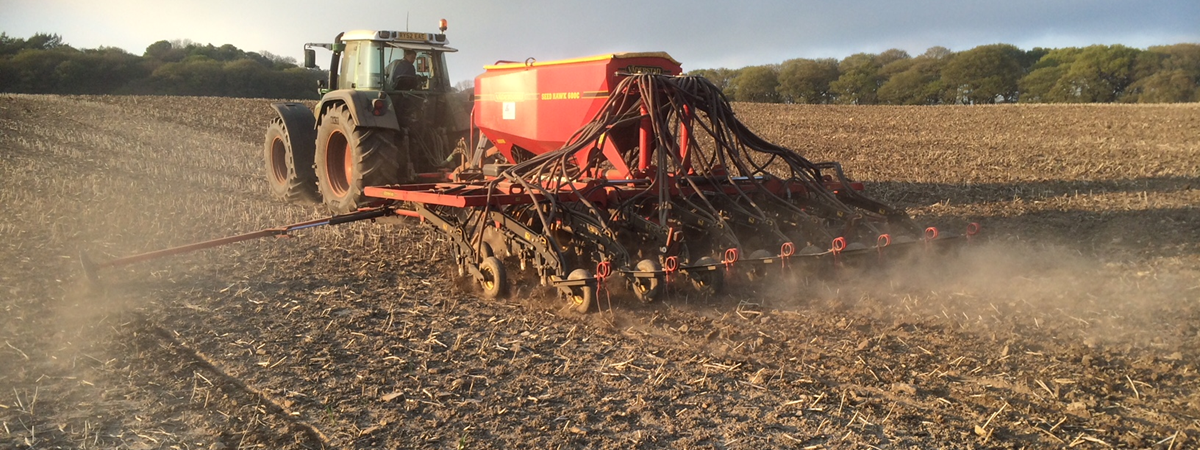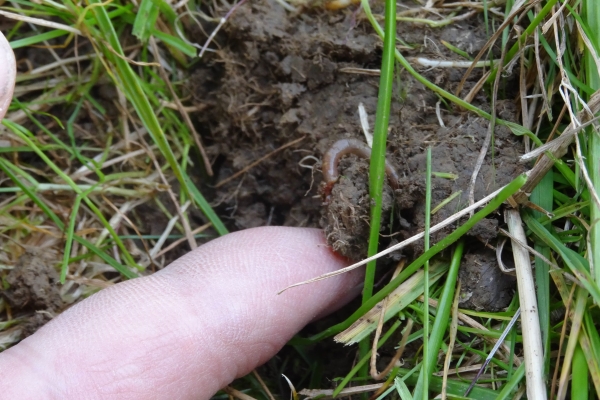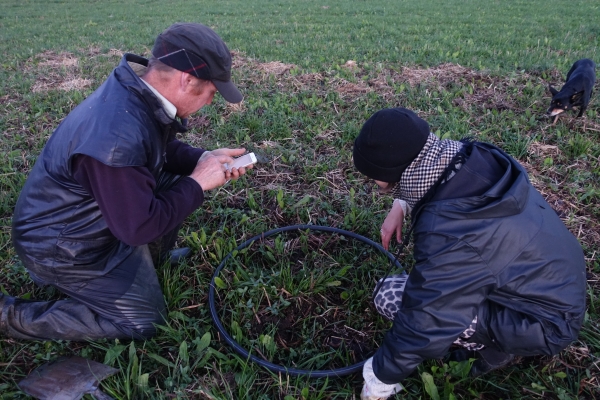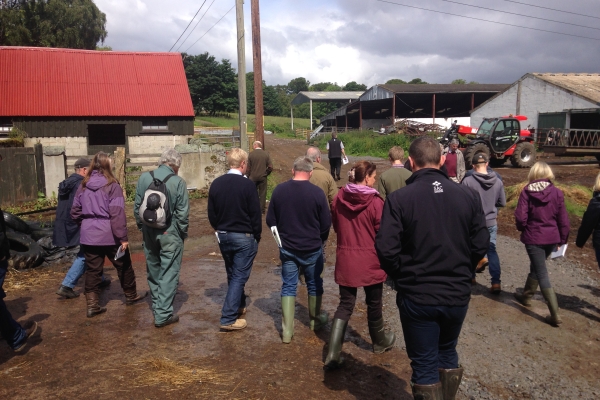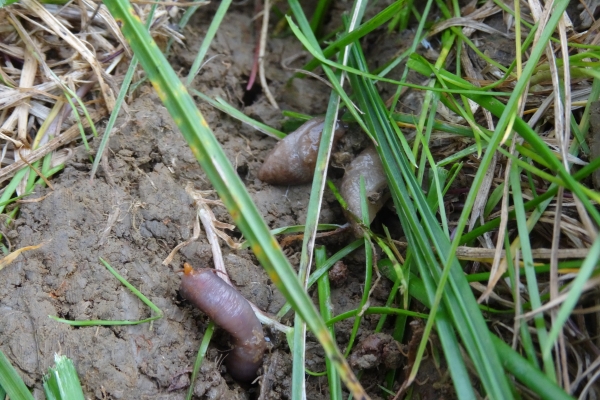Soil health and farm resilience
Soil, the essential component for farming and food production, is a non-renewable resource that takes many years to recover when damaged.1 During February, Agricology looked at some of the tools available to you to help monitor soil in your fields, different ways farmers are working to improve soil health, and the many potential benefits that can be attained from putting your focus, first and foremost, on the health of your farm’s soil. These benefits are nicely summed up by Becky Willson in her blog reflecting on learnings from her Nuffield scholarship, where she says “…by building soil health, we achieve multiple objectives. These include improved water quality, natural flood management, increased water holding capacity, improved plant and animal health, reduced disease and pest pressures and improved income in a sustainable manner.”
To have a resilient farm, soil health needs to be the key priority. Our featured farmer Richard Suddes (winner of FCCT’s UK Soil farmer of the year 2017) describes the various practices he carries out on his farm to help improve soil health and weed management; from direct drilling, using break and cover crops in the rotation, to applying chopped straw, manure and gypsum. He says “Our soil structure is getting better and as a result will become increasingly resilient, especially after prolonged periods of heavy rainfall.”
When I caught up with Richard on his farm in Co. Durham, in every field that we went in to, he got out his spade and dug into the soil so that we could witness first-hand what exactly was going on in the soil beneath our feet. Even in the fields with the heaviest clay soil, the soil wasn’t compacted and there was evidence of numerous earthworms carrying out their all-important work.
One of our featured resources, ‘The Spade Test’ video, was created to help you assess the various elements of your soil, understand how the different elements affect your crop growth, and to help inform your field management decisions. Similarly, NRM Laboratories Soil Summary provides some useful tips on how to carry out soil sampling to assess nutrient levels. Abby Rose introduces the Soilmentor app in her blog – highlighting the importance of carrying out on-farm soil monitoring to enable a better understanding of your farm above and below ground, helping you to build soil health and effectively manage your farm business.
A report on managing soil biota to help deliver ecosystem services explores how farming practices and systems can improve the biological function of soil, benefitting both agriculture and the wider environment. It concludes that the biological function of soils can be enhanced by simple approaches in relations to organic matter management, soil cultivation, and cropping that can be integrated into farm systems. This is also explored in other featured content…
In his vlog, Richard Smith says one of the most important ingredients in Daylesford’s organic farm enterprise is their farmyard manure – which he lovingly refers to as “black gold.” He explains that using well-rotted manure in the spring to top-dress cereal crops creates an instant uptake, and equates it to top-dressing with an artificial fertiliser. “Manure is that one source of energy you can take from your livestock and put back into your soils which is really beneficial.”
Looking at things from a different angle, an article recently published in the Organic Grower explores what biological fertiliser (biofertiliser) can enable farmers and growers to do, and how you can go about creating it. It emphasises the importance of the approach to soil fertility not just being concentrated on building soil organic matter, but also on the “full range of minerals that turbocharges photosynthesis”, suggesting that by feeding plants, we feed the soil.
We attended the Game & Wildlife Conservation Trust’s Soil and Water Conference in the middle of February, where farmers, researchers and policymakers came together to discuss ways of encouraging healthy soils, clean water and biodiversity on farmland and what needs to be done to reverse declines in soil and water health. You can watch some video footage here of Dr Alastair Leake talking about how rotations and tillage practices can affect soil health, the advantages of having livestock; with arable and livestock farmers working together and building soil organic matter and soil carbon, but also the virtues of organic stockless systems and the value of cutting, mulching, and composting… You can also watch Professor Jonathan Leake discuss and demonstrate the variations in soil properties according to the way in which the land has been managed.
During March, weed management will be our main focus. Please share any thoughts, experiences or problems with the Agricology community. Contact us on enquiries@agricology.co.uk, use Facebook, Instagram, YouTube, Twitter (@agricology to join in the conversation) or use the Comments feature below.
Janie Caldbeck is the Content Editor for Agricology
Header image: Direct drilling with Seed Hawk drill. Photo credit: Richard Suddes
1 ‘Essential Soil and Water Conference’ at the Allerton Project
